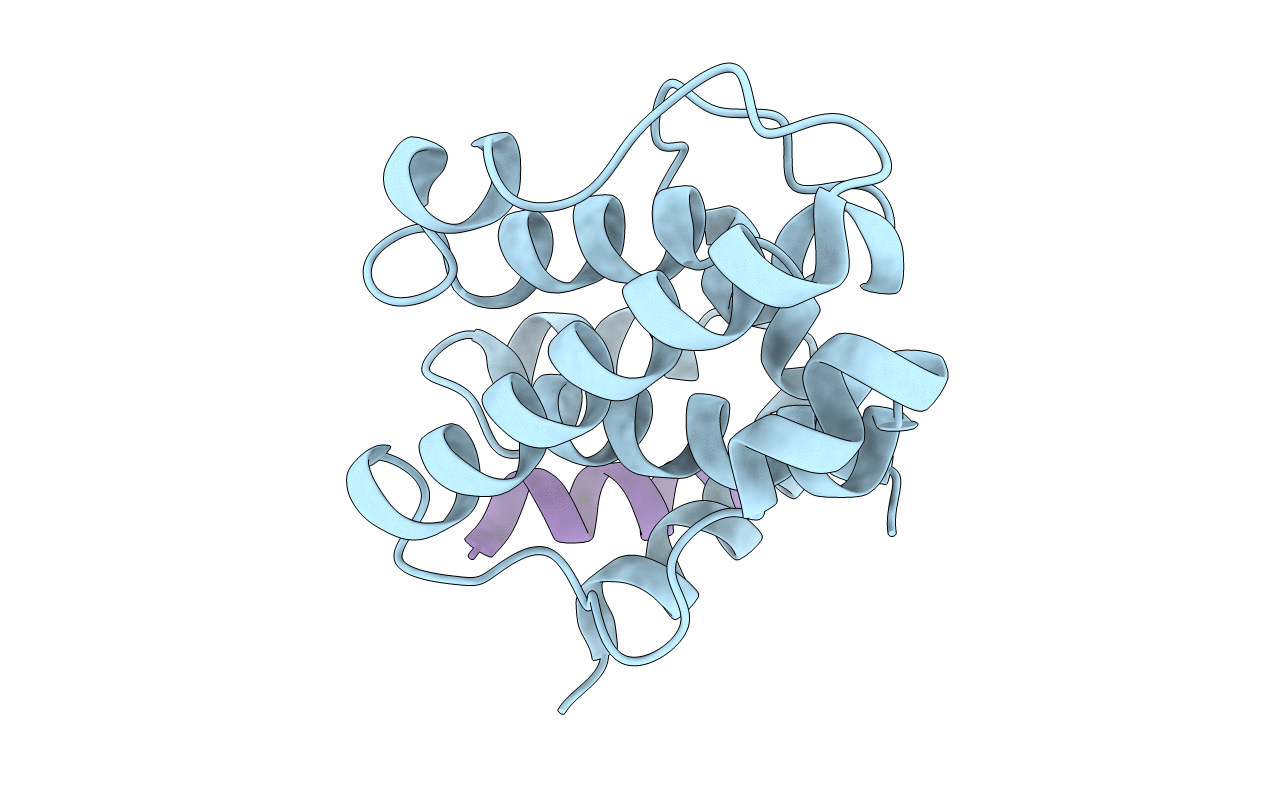
Deposition Date
2017-10-10
Release Date
2018-03-21
Last Version Date
2023-10-04
Entry Detail
PDB ID:
6B9H
Keywords:
Title:
Complex of Hook Domain with a Dynein Light Intermediate Chain Peptide
Biological Source:
Source Organism:
Homo sapiens (Taxon ID: 9606)
Host Organism:
Method Details:
Experimental Method:
Resolution:
1.50 Å
R-Value Free:
0.17
R-Value Work:
0.15
R-Value Observed:
0.15
Space Group:
P 21 21 21


